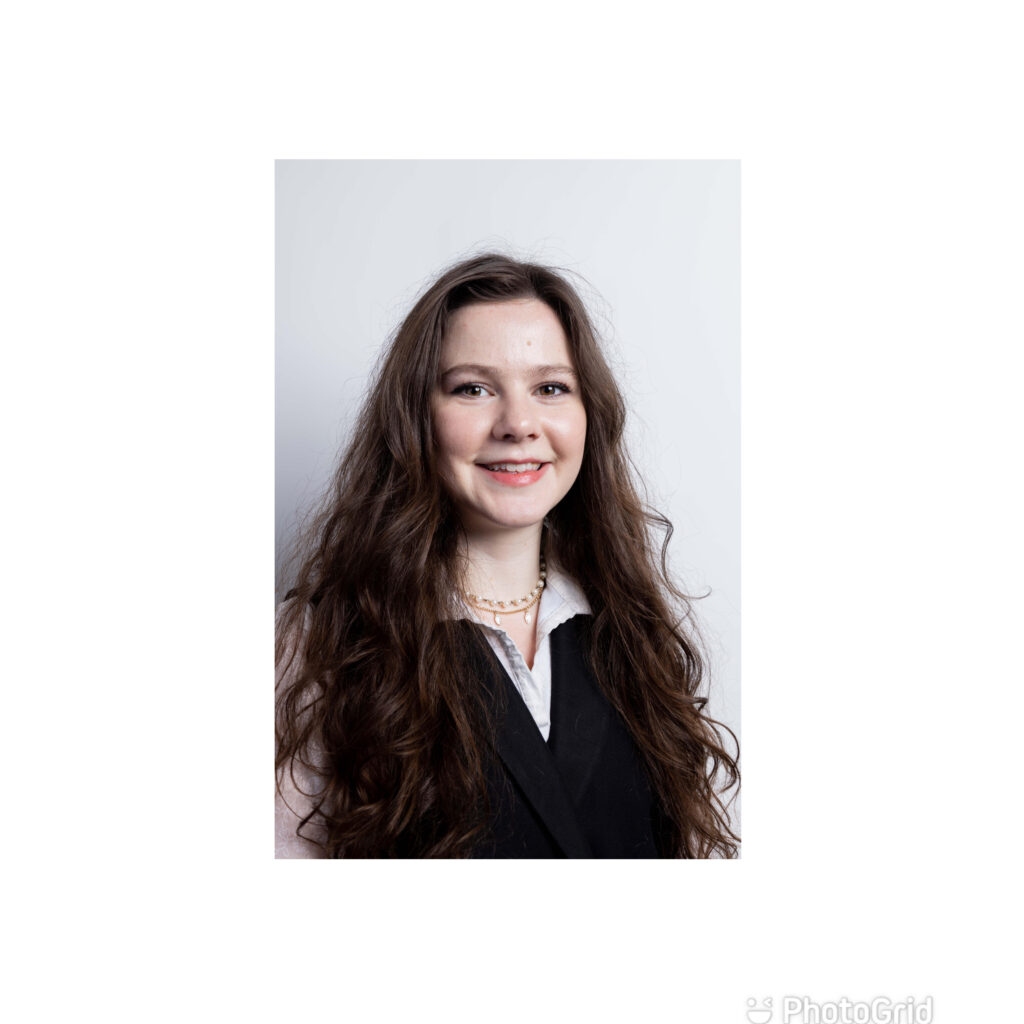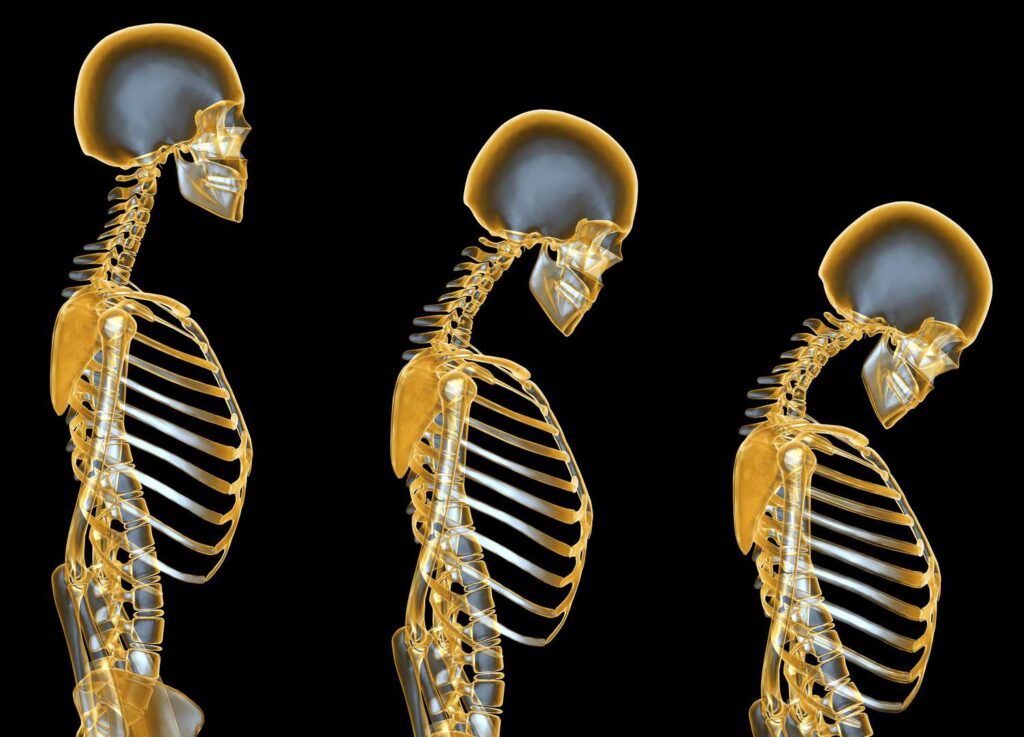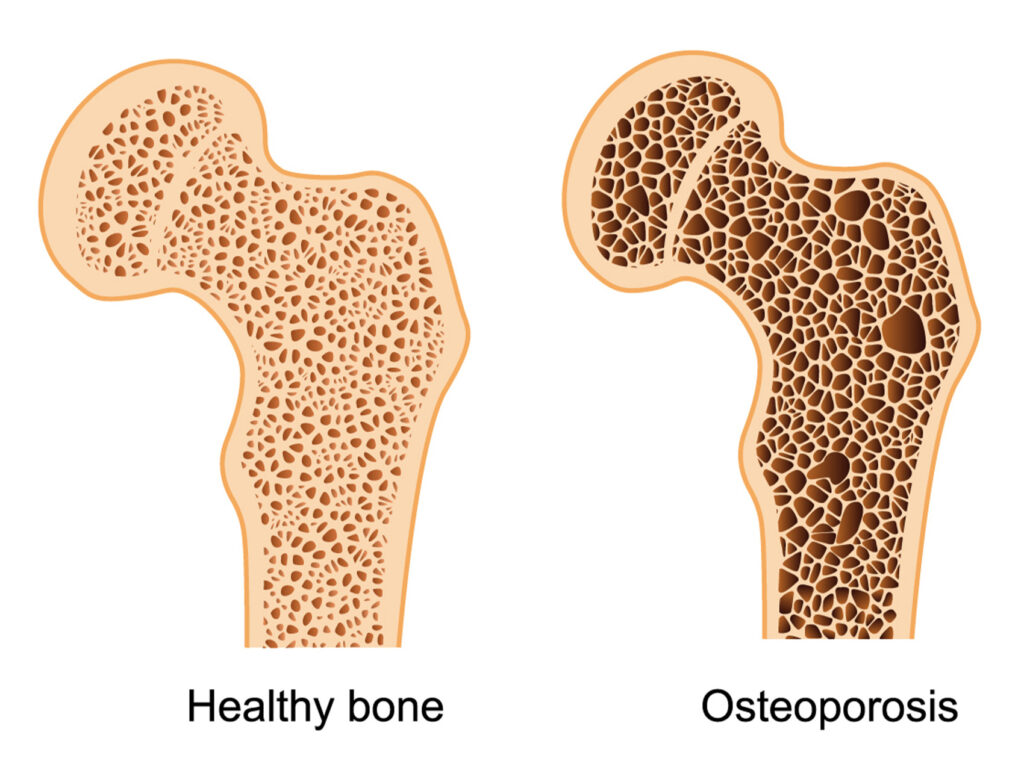Daba Coura Mbow

Part of the UROP program since 2022, Brianna Rivera is a student at the University of Michigan Flint. She’s majoring in molecular biology, with a strong focus on research. Going into her senior year, she hopes to pursue a Ph.D. program in neuroscience. Currently focusing on bones and joints, Brianna and her colleagues are more specifically looking at osteoporosis and osteoarthritis. Osteoporosis and osteoarthritis are two distinct medical conditions. Osteoporosis is characterized by low bone density and deterioration of bone tissue, leading to increased bone fragility and a higher risk of fractures. Osteoarthritis is a degenerative joint disease characterized by the breakdown of joint cartilage and changes in the underlying bone. It most commonly affects weight-bearing joints such as the knees, hips, and spine. Looking at these two diseases Brianna and her mentor’s research is focusing on finding alternative treatments for these conditions.

This research project will focus on aging people, more specifically women. The bones of aging individuals undergo several changes when compared to the bones of young people. With age, there is a gradual loss of bone density, known as osteoporosis, and the condition is more common in women after menopause but can affect both sexes. Reduced bone density makes bones weaker and more prone to fractures. As we age our bones become thinner and lighter, even minor falls or accidents that would not typically cause fractures in younger people can lead to bone fractures in older individuals. Older women tend to have weaker bones compared to men and younger women. One of the primary factors contributing to weaker bones in older women is the decline in estrogen levels associated with menopause. Women generally have smaller and thinner bones compared to men. This anatomical difference means that women inherently have less bone mass to begin with, making them more vulnerable to bone loss and fractures as they age. It is worth noting that while these factors contribute to the increased risk of weaker bones in older women, they are not exclusive to women and can also affect aging men to some extent. However, the combination of hormonal changes during menopause, smaller bone size, and longer lifespan make older women more susceptible to bone fragility and osteoporosis.

Working closely with Professor Randy Duncan, Brianna and the rest of the team are combining biology and physics to increase bone density. Because bone tissue is responsive to electrical fields, external stimulation such as electromagnetic pulses can be used to regenerate tissue. For a better application of the treatment, a velcro cuff will be placed on a person’s body; those cuffs will create voltage around the tissue and bone cells that help let calcium into the bones. That calcium influx will help maintain the strength and the structure of the bones by increasing bone mass. Based on where you want the treatment, you will place a device (for example a watch for your arm or waistband for your hip/back) to directly apply the treatment. Those devices will serve as the source of voltage that will stimulate the influx of calcium in our bone cells. Using an external stimulator will help preserve the bones without damaging them or causing side effects. A great deal of research has investigated bone loss but no one has so far tried to find an optimal treatment for growing bone. By doing this research they hope to increase the quality of life for the aging population, by finding the right combination of treatments that will slow the normal aging process. Even though the treatment promises to work quickly, it is seen as a long-term approach to reduce the symptoms associated with aging bones.

The team is also trying to determine if any cellular compounds impact reactive oxygen species molecules (ROS). ROS are highly reactive molecules that include superoxide anion, hydrogen peroxide, and hydroxyl radical. While ROS plays important roles in cellular signaling and defense mechanisms, excessive ROS levels can lead to oxidative stress and damage to cellular components such as DNA, proteins, and lipids. With elevated ROS levels, the body will undergo aging because age-related diseases are set off by an increase in oxidation in the body. Eventually, as we age we lose the capacity to control those reactive oxygen species that cause damage to our DNA and cell functioning. Brianna and her colleagues are also investigating how to induce oxidative stress to mimic the aging process in cartilage tissue and identify how age-related diseases like osteoarthritis develop.